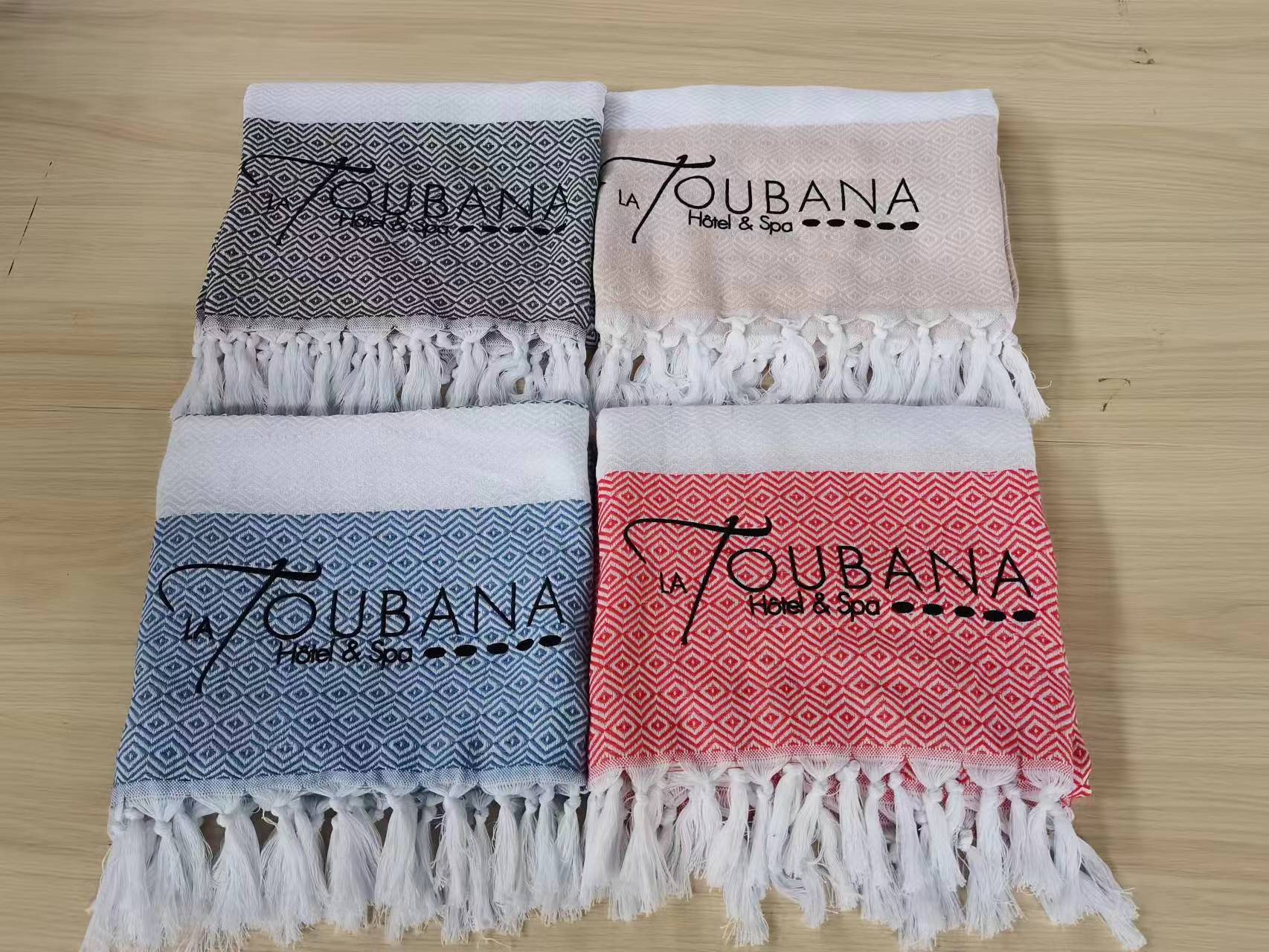The fabric is a fiber fabric, and after the fiber itself absorbs water, it will produce a certain degree of swelling, that is, the length is shortened and the diameter is increased. Usually the percentage of the length difference between the fabric before and after launching and its original length is called the shrinkage rate. That is, shrinkage rate = (size before washing – size after washing)/size before washing ×100%. Under normal circumstances, the warp and weft shrinkage of the fabric should be measured.
The stronger the water absorption capacity, the more intense the swelling, the higher the shrinkage rate, the worse the dimensional stability of the fabric. In the dyeing and finishing process, in order to reduce the shrinkage rate of the fabric, the way of pre-shrinkage finishing is often used to increase the weft density, improve the shrinkage rate in advance, so as to reduce the shrinkage rate of the fabric.
From the point of view of shrinkage rate, the smallest is synthetic fiber and mixed textiles, followed by woolen fabrics, linen fabrics, cotton fabrics in the middle, silk fabrics shrink more, and the largest is viscose fiber, rayon cotton, artificial wool fabrics.
The shrinkage rate of general fabrics is:
Cotton 4%-10%;
Chemical fiber 4%-8%;
Cotton polyester 3.5%–5.5%;
Natural white cloth is 3%;
Wool blue cloth is 3-4%;
Poplin is 3-4.5%;
Floral cloth is 3-3.5%;
Twill is 4%;
Denim is 10%;
Rayon cotton is 10%
Post time: Mar-18-2024



